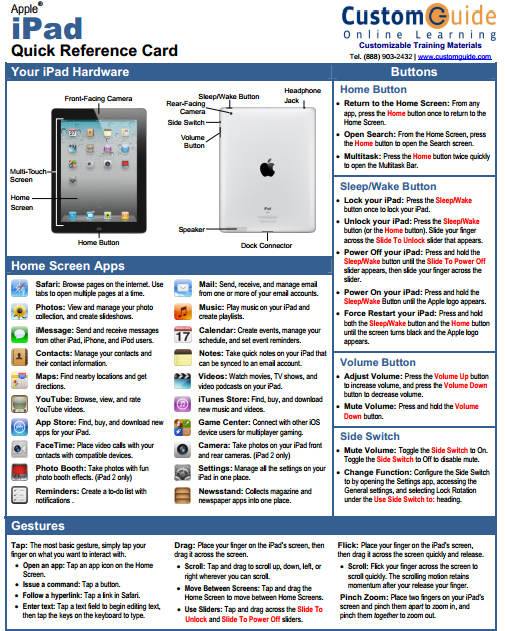Great Free Science Apps for Kids
Android
3D Brain by Dolan DNA Learning Center. Use your touch screen to rotate and zoom around the interactive brain structures. Discover how each brain region functions, what happens when it is injured, and how it is involved in mental illness. Each detailed structure comes with information on functions, disorders, brain damage, case studies, and links to modern research.
NASA by NASA. Come explore with NASA and discover a huge collection of stunning images, videos, mission information, news, NASA TV and featured content with the new NASA App for Android.
iPad
Animal Fun by Brian Pfeil. Animal Fun is a simple animal learning program for children. Children learn about animals by seeing and hearing the sounds an animal makes. It combines an easy-to-use interface and fun sound effects to entertain children while they learn.
Peterson Backyard Birds by Houghton Mifflin Harcourt. Identify over 160 backyard birds of North America. Displays similar birds for fast comparison!
GoSkyWatch Planetarium – the astronomy star guide by GoSoftWorks. Easily and quickly identify and locate stars, planets, constellations and more with a touch or by simply pointing to the sky. Have fun with family and friends discovering the images in the night sky. Go outside and explore the night sky.
Periodic Table of the Elements by Kevin Neelands. This is a standard periodic table of the elements – a necessity for anyone interested in or even exposed chemistry. However, the version differs in that instead of cramming all the information for an element into one little square, you can select a chemical attribute and have the entire chart color coded to plainly show how the different elements vary with regard to the selected trait.
Science 360 by National Science Foundation. The National Science Foundation’s (NSF) Science360 for iPad provides easy access to engaging science and engineering images and video from around the globe and a news feed featuring breaking news from NSF-funded institutions. Content is either produced by NSF or gathered from scientists, colleges and universities, and NSF science and engineering centers.
